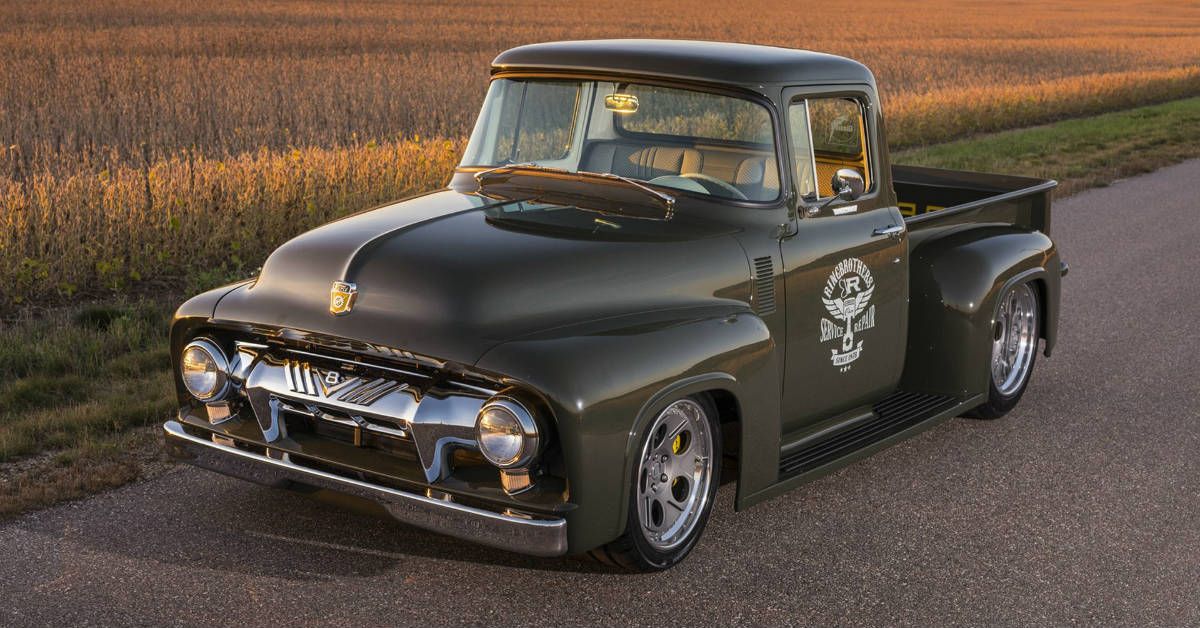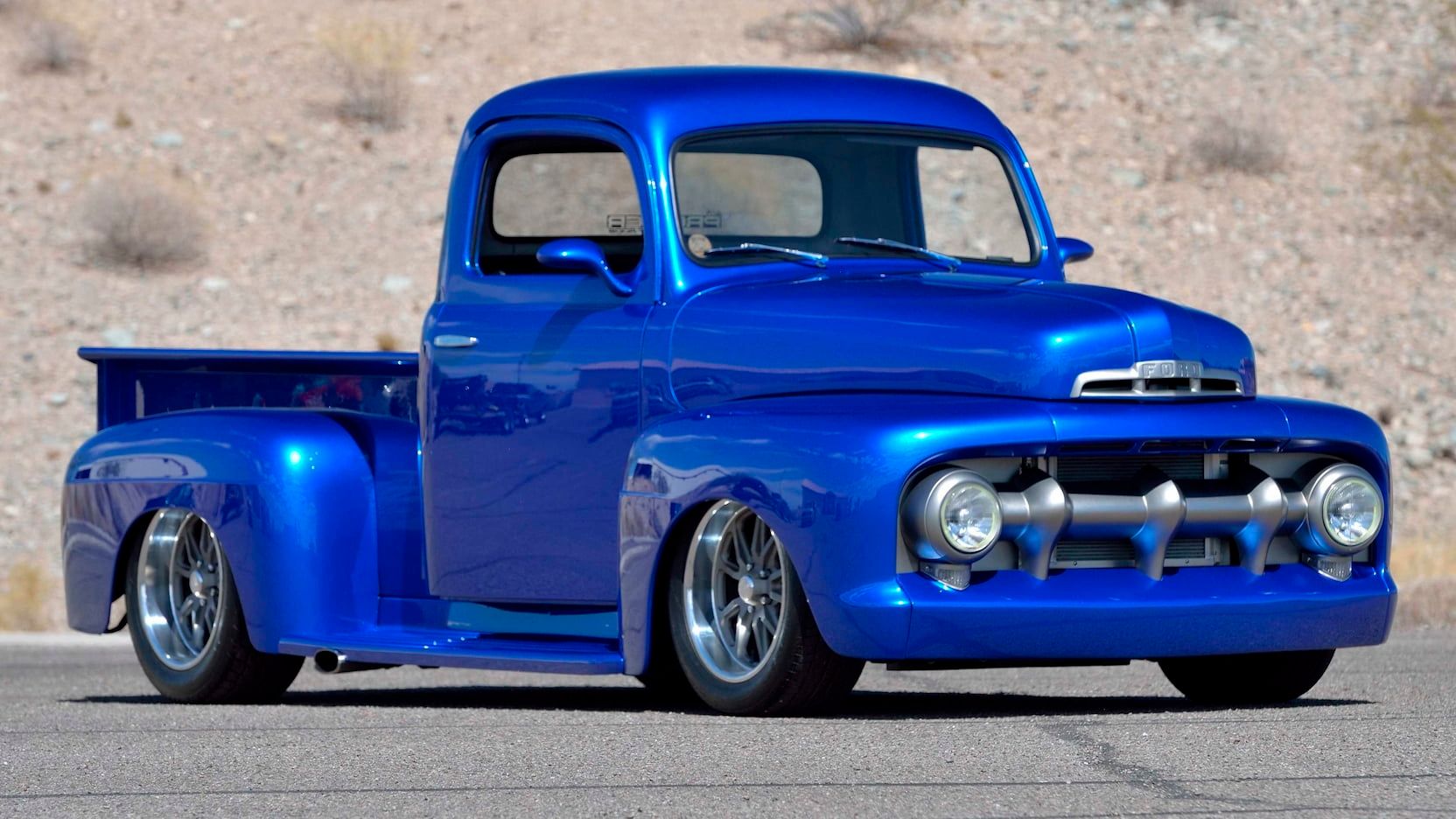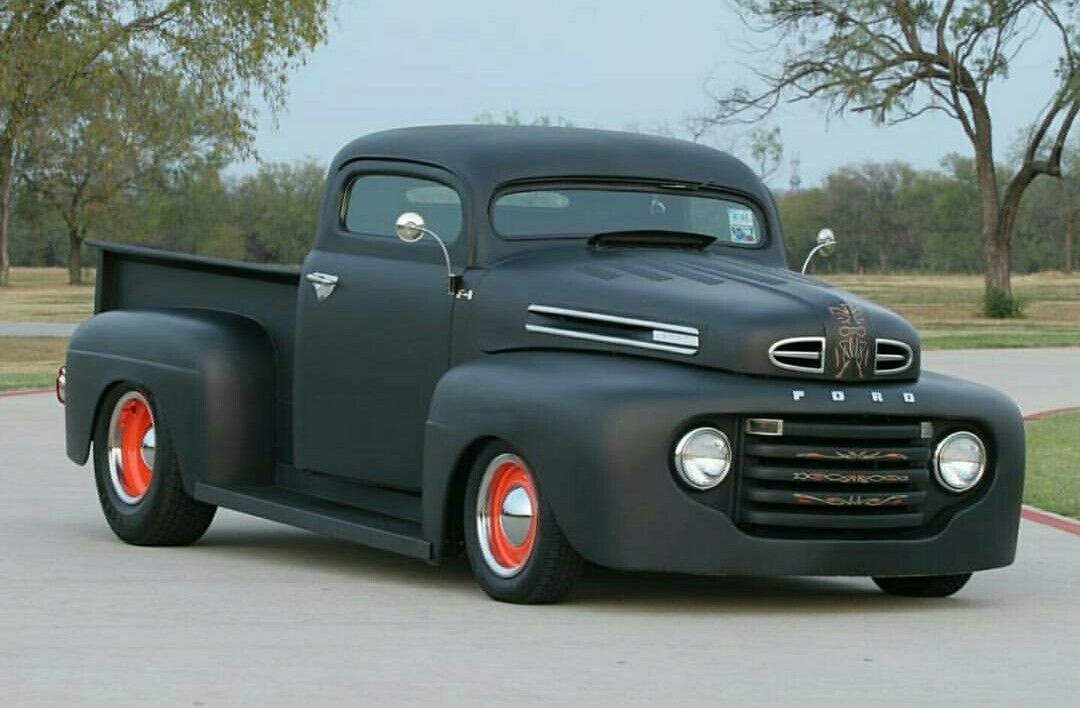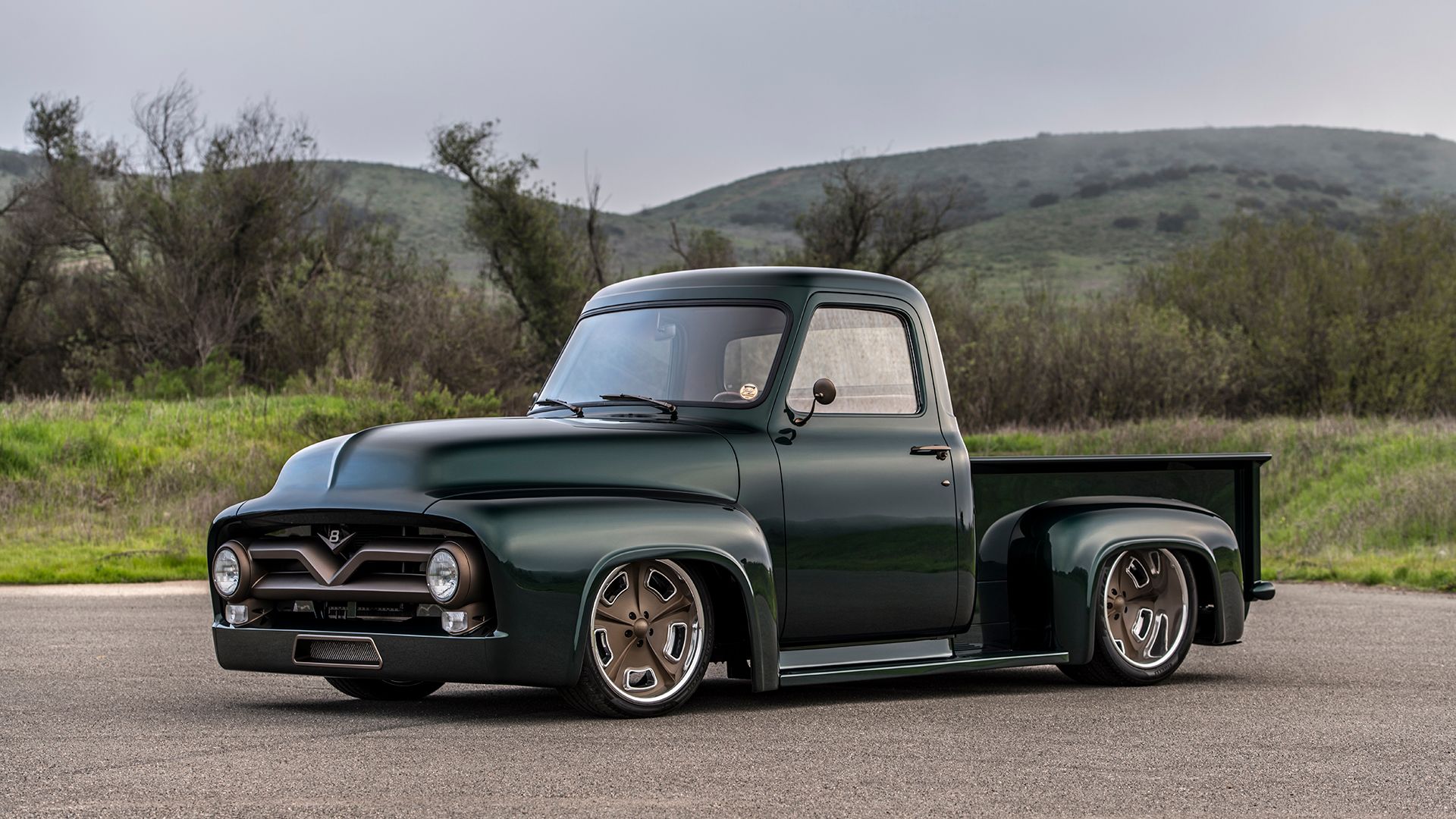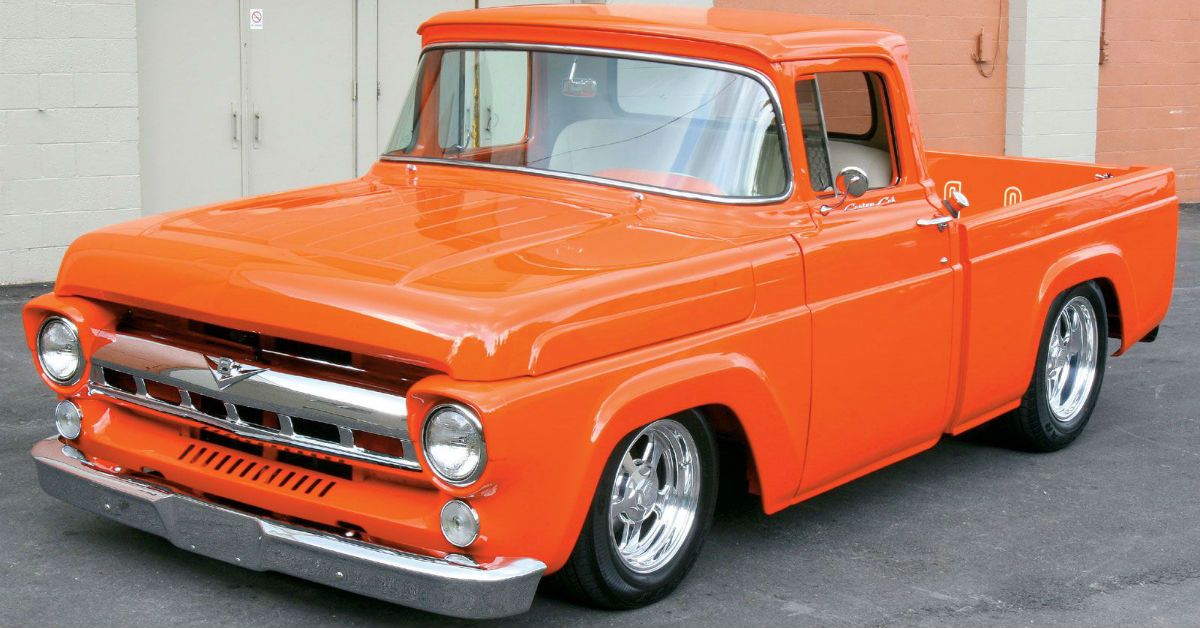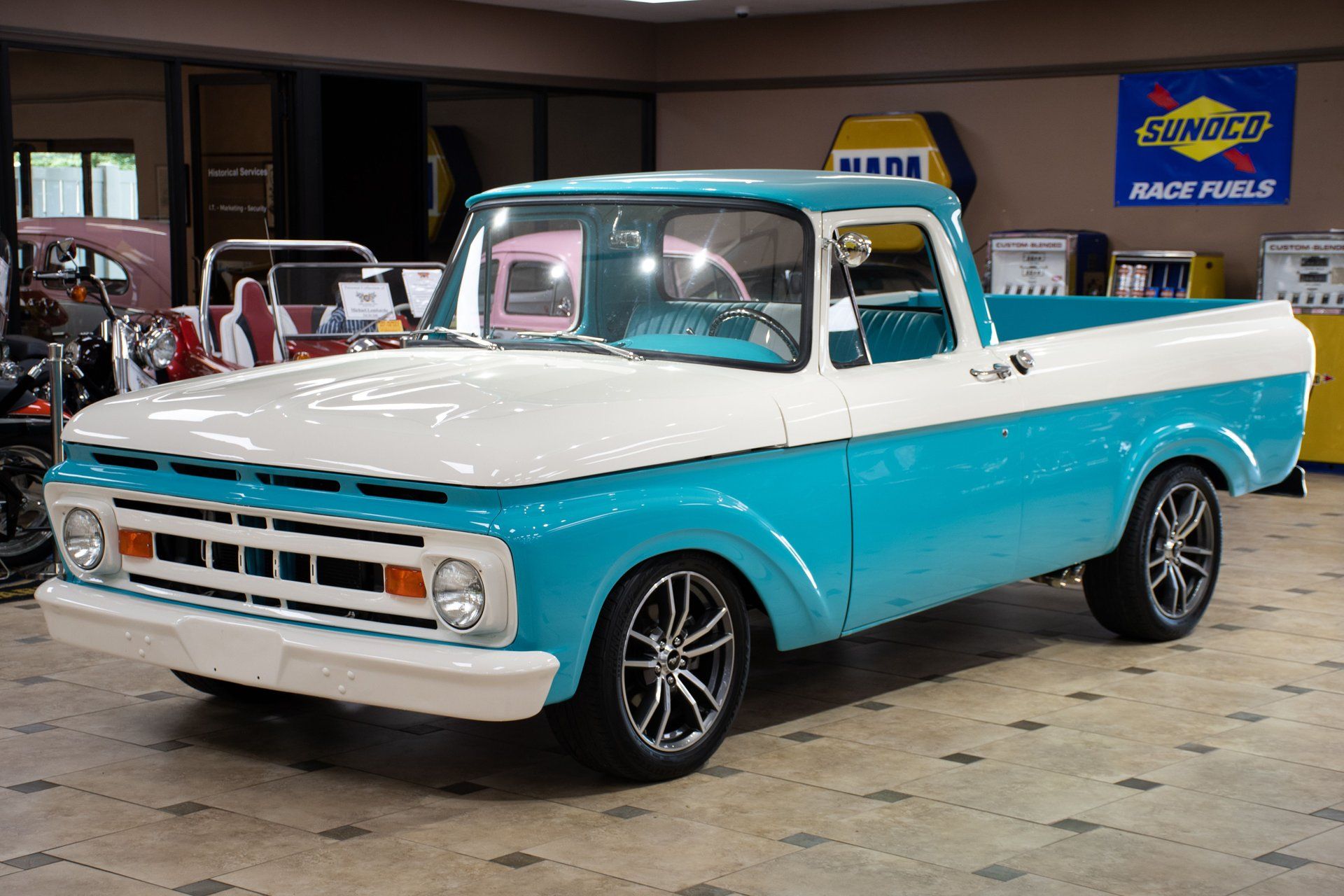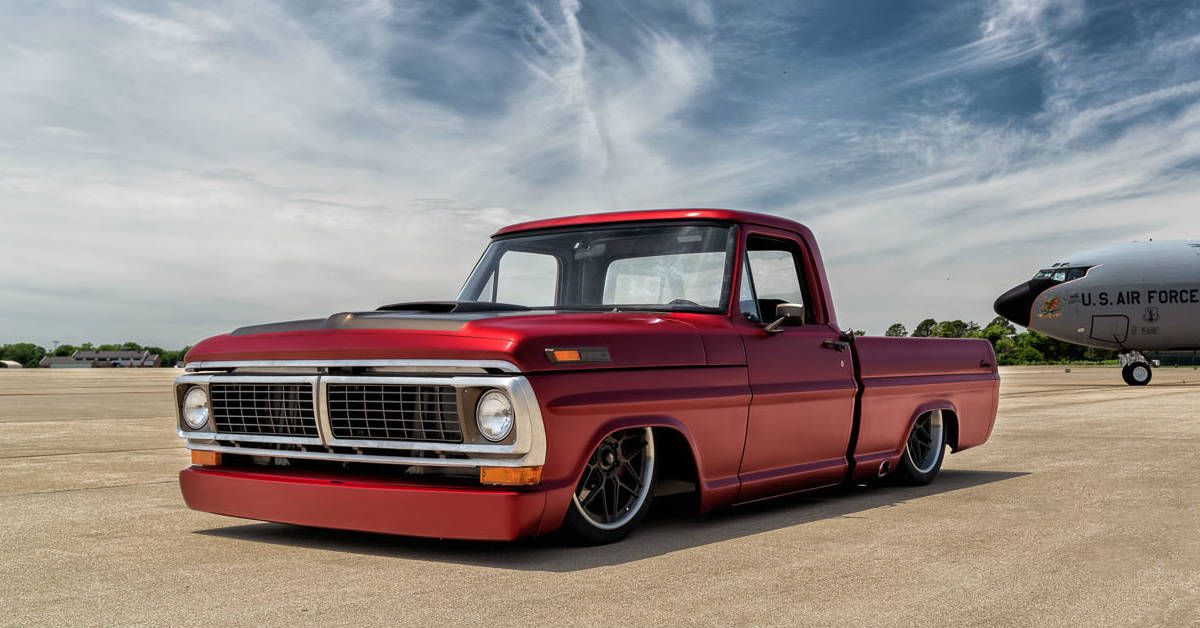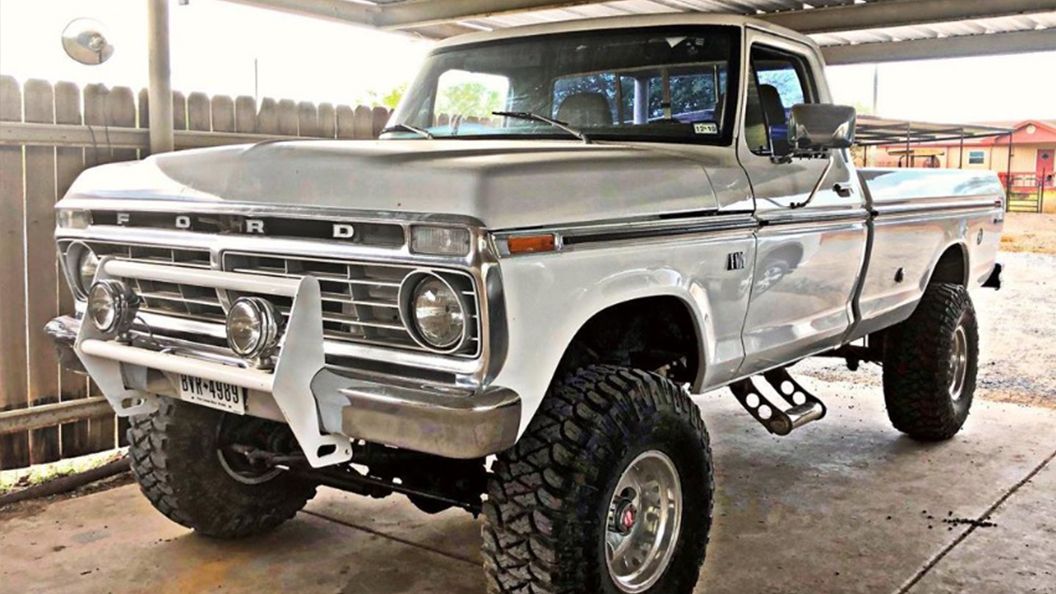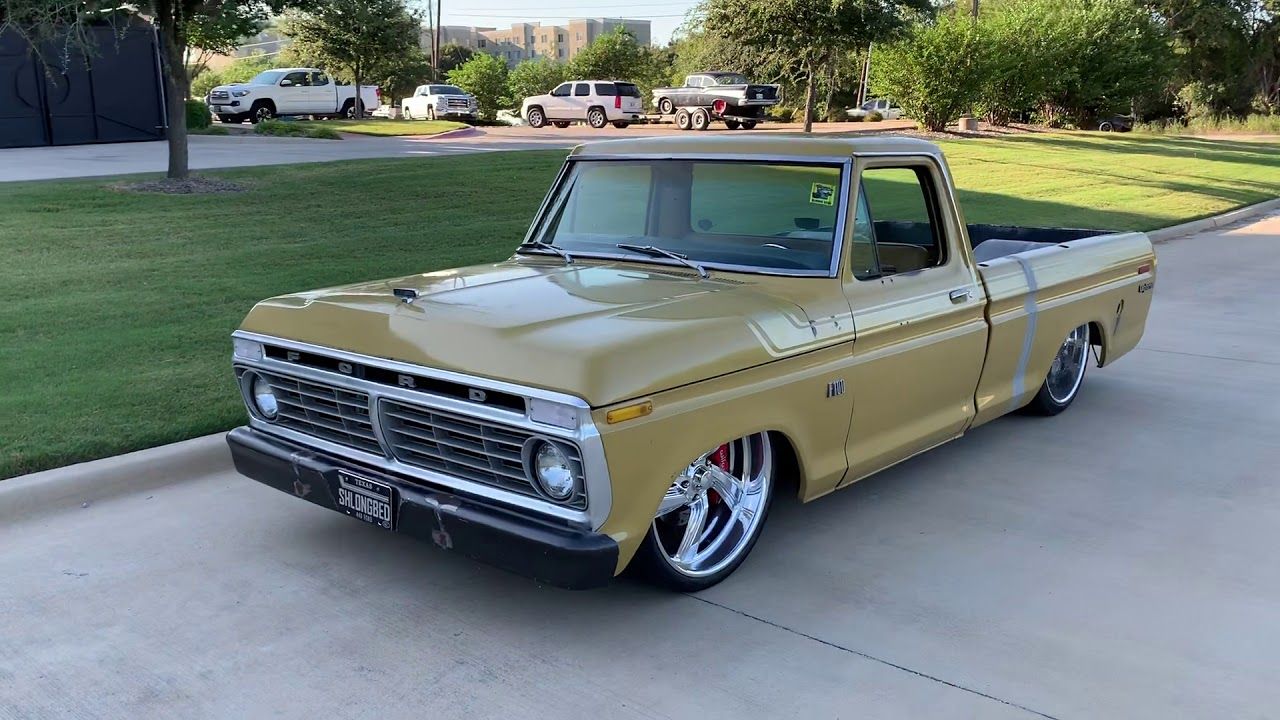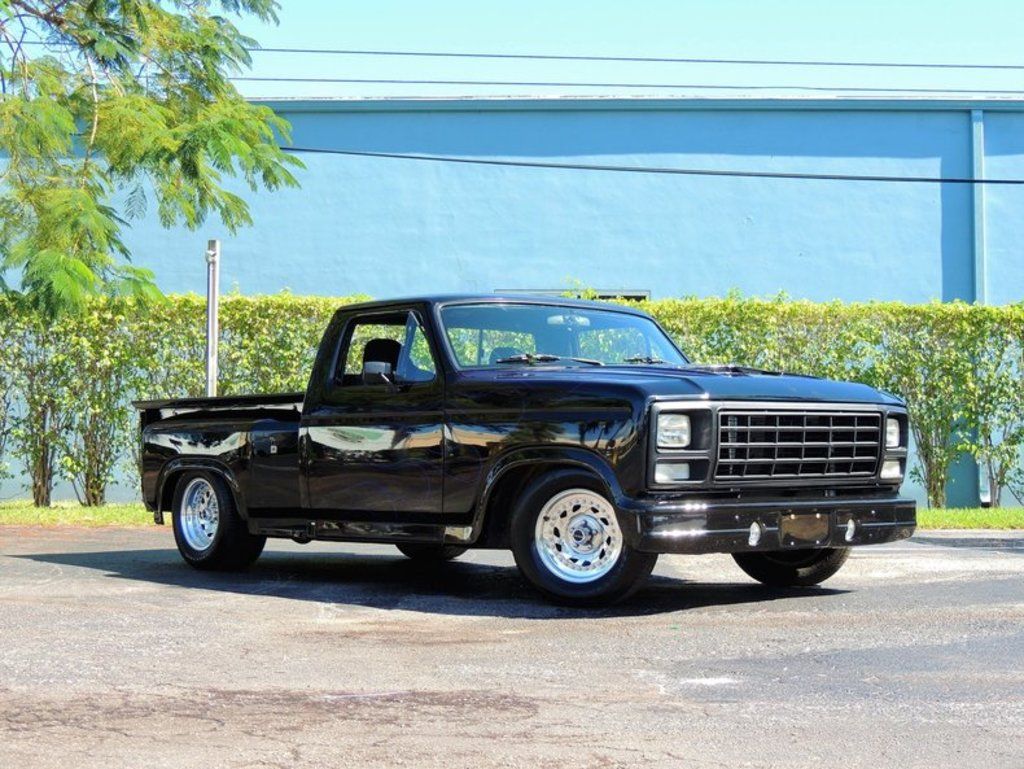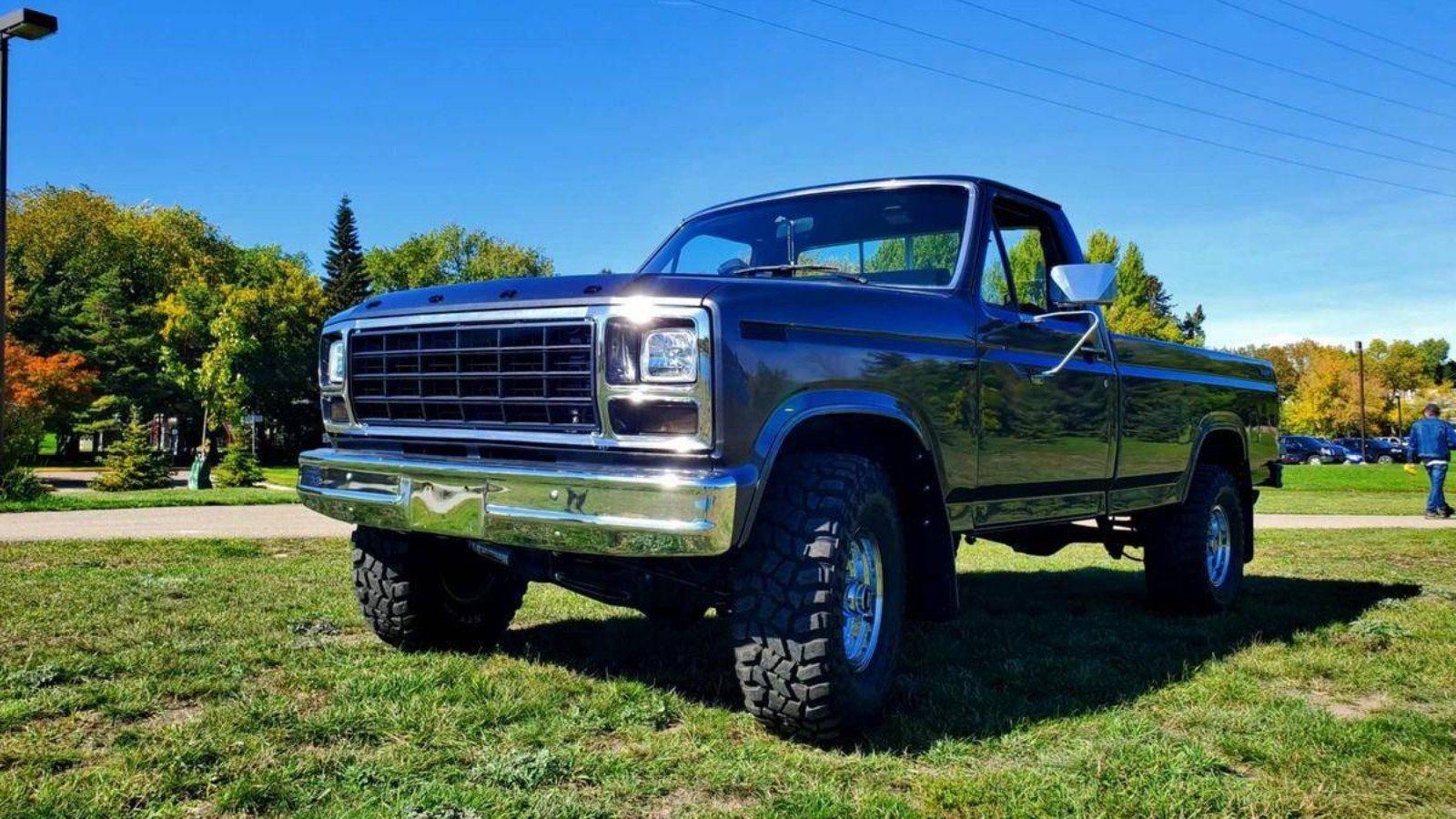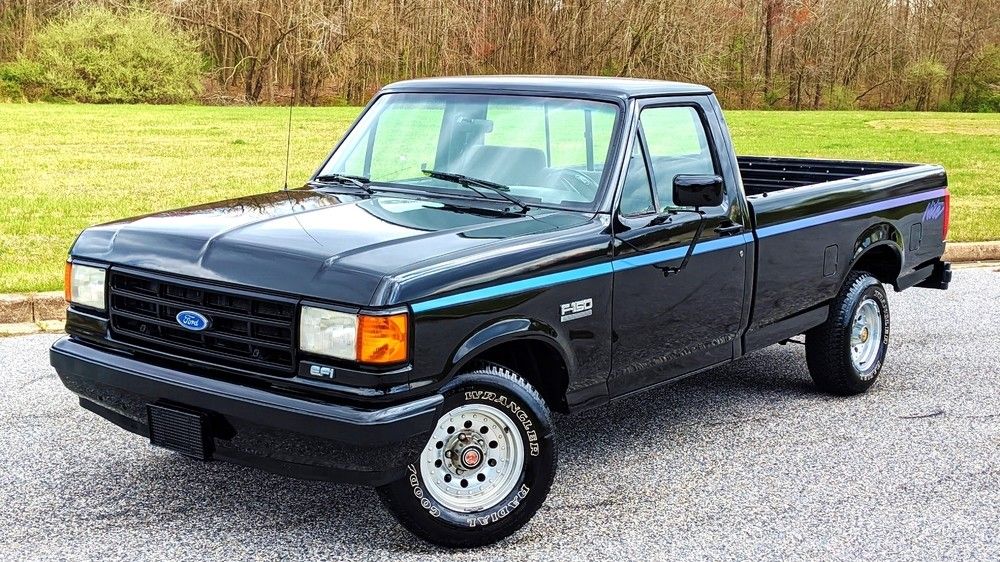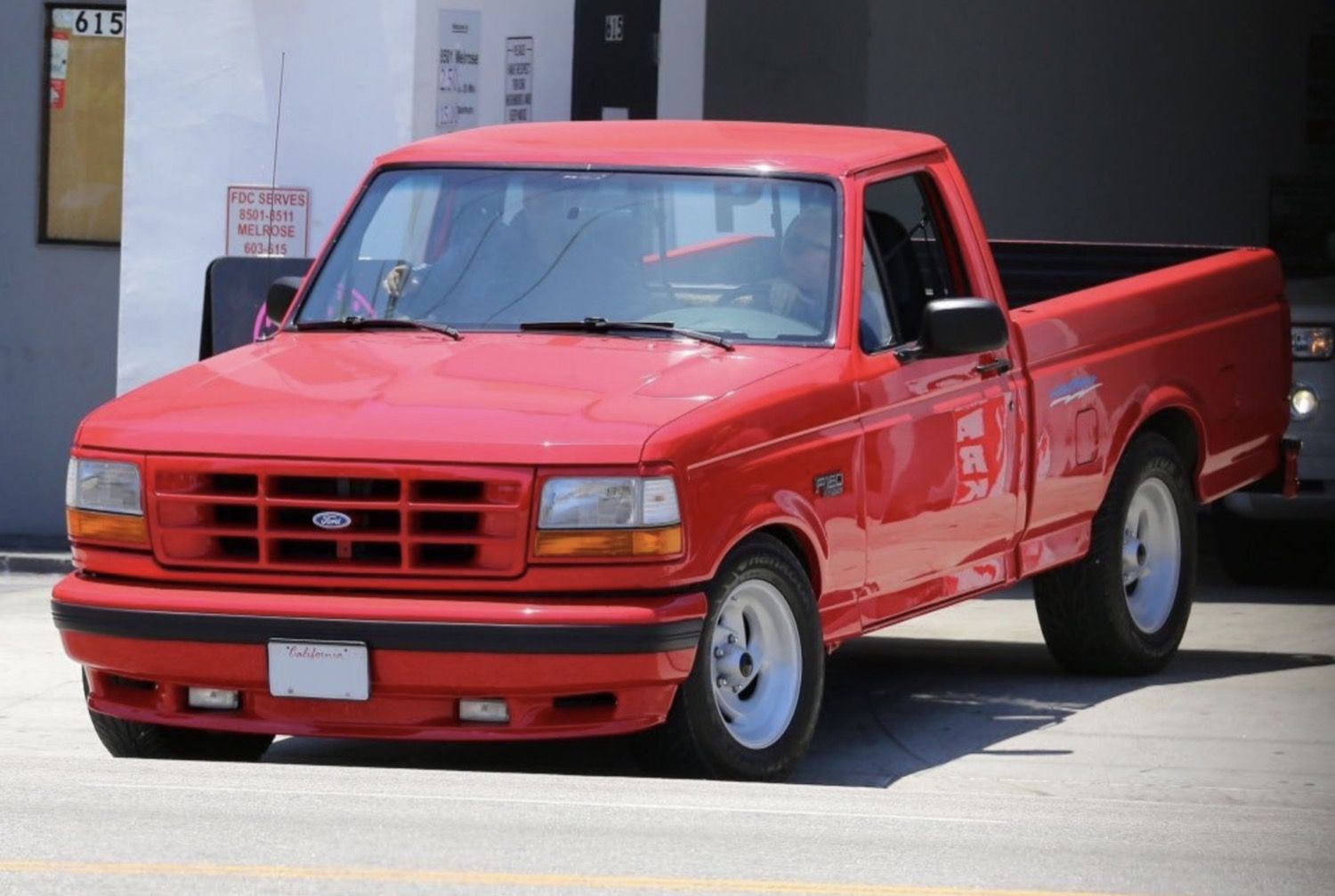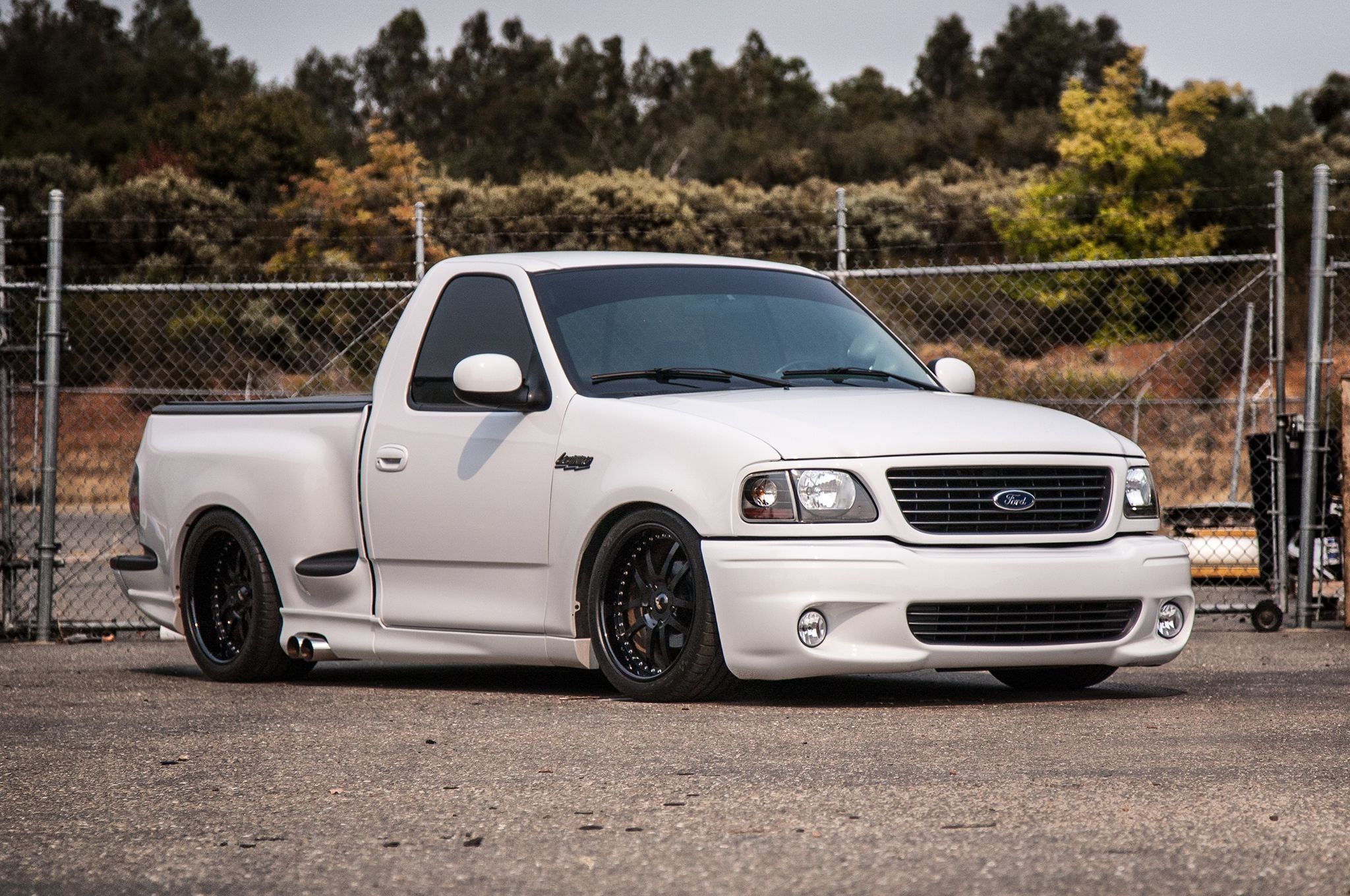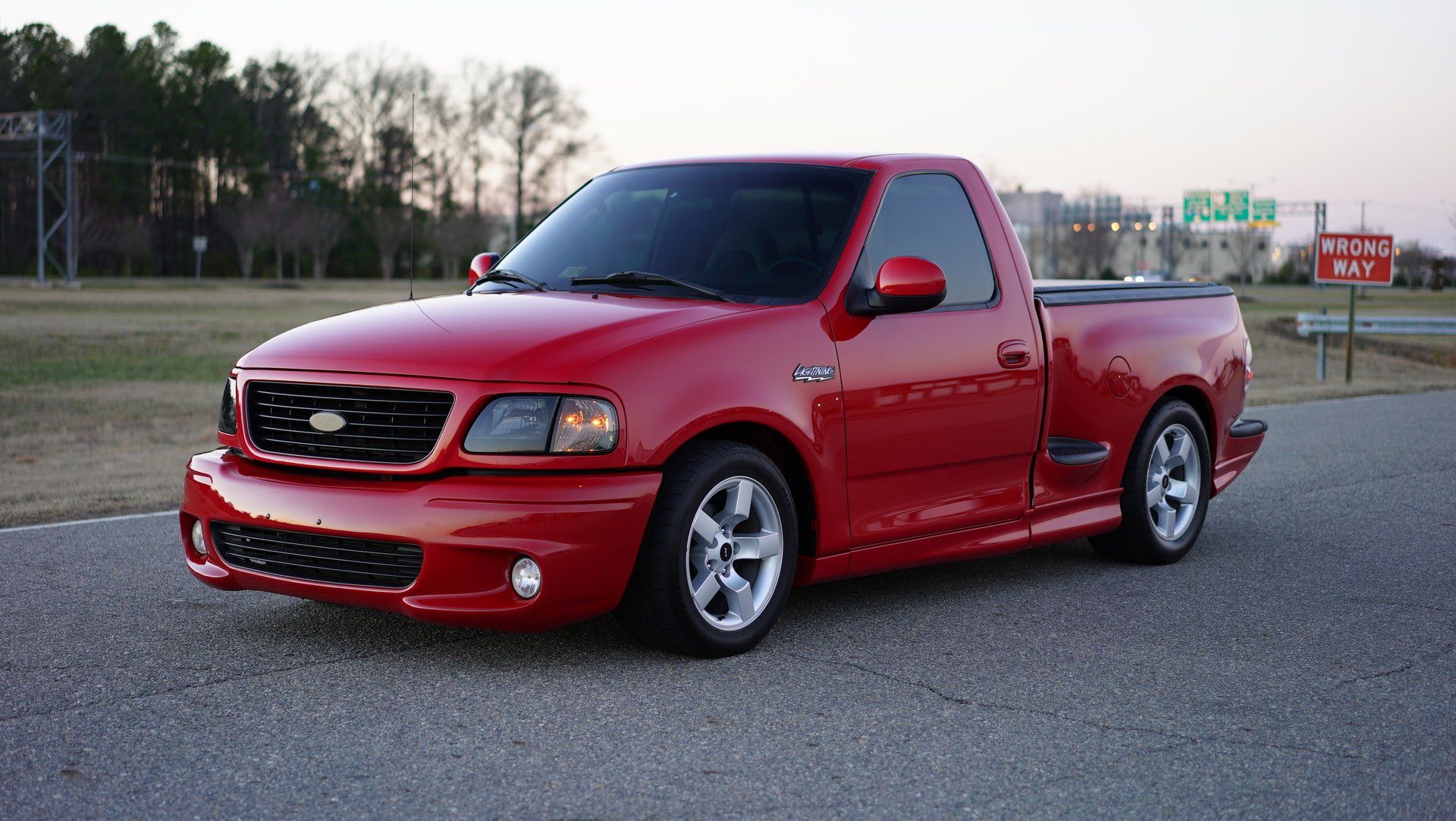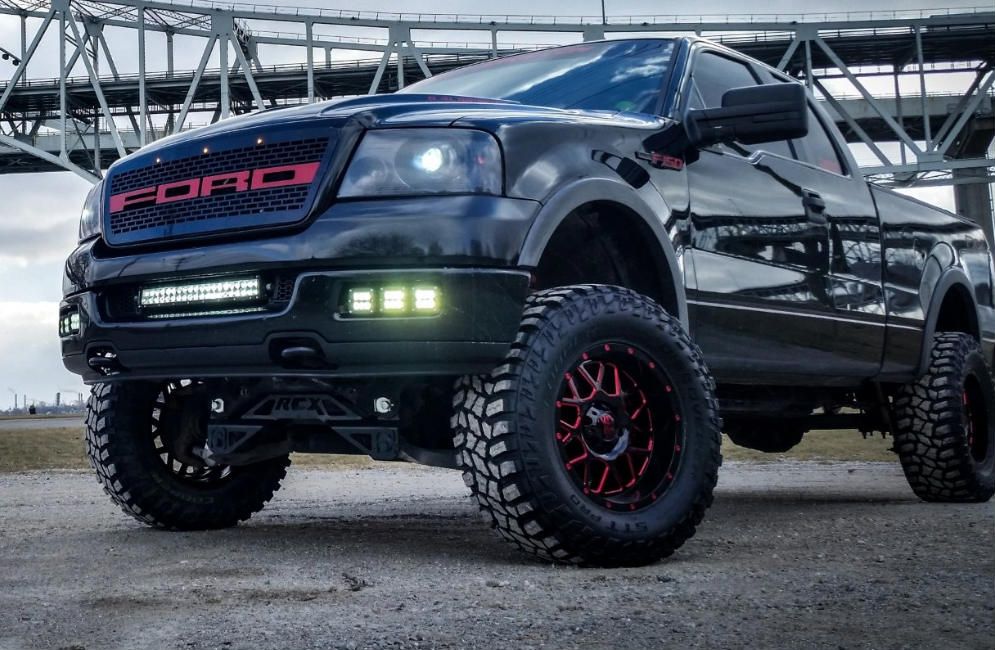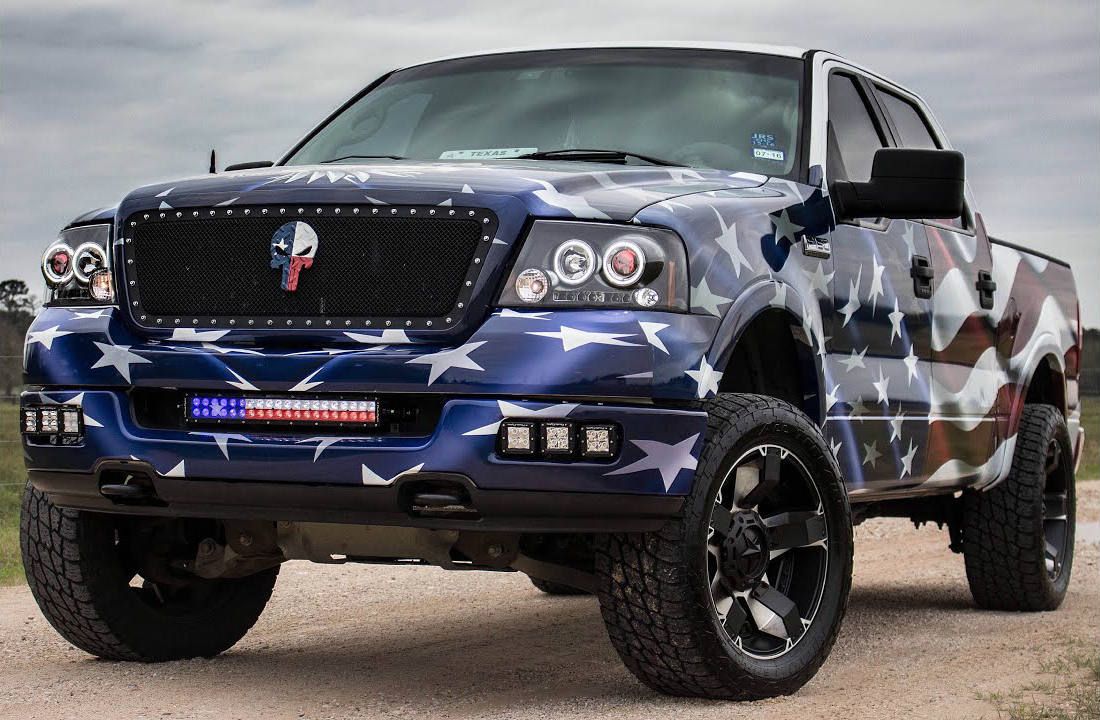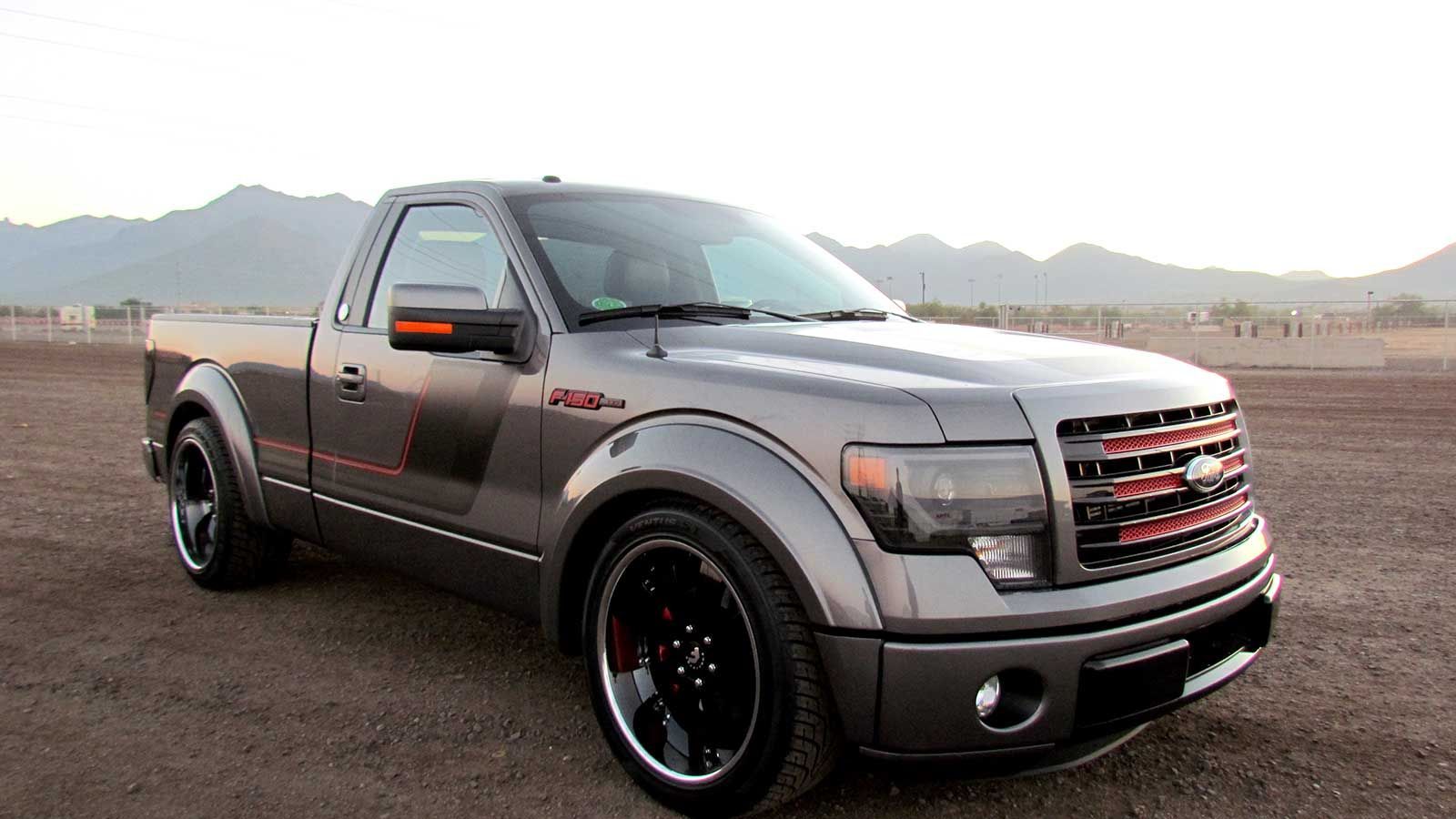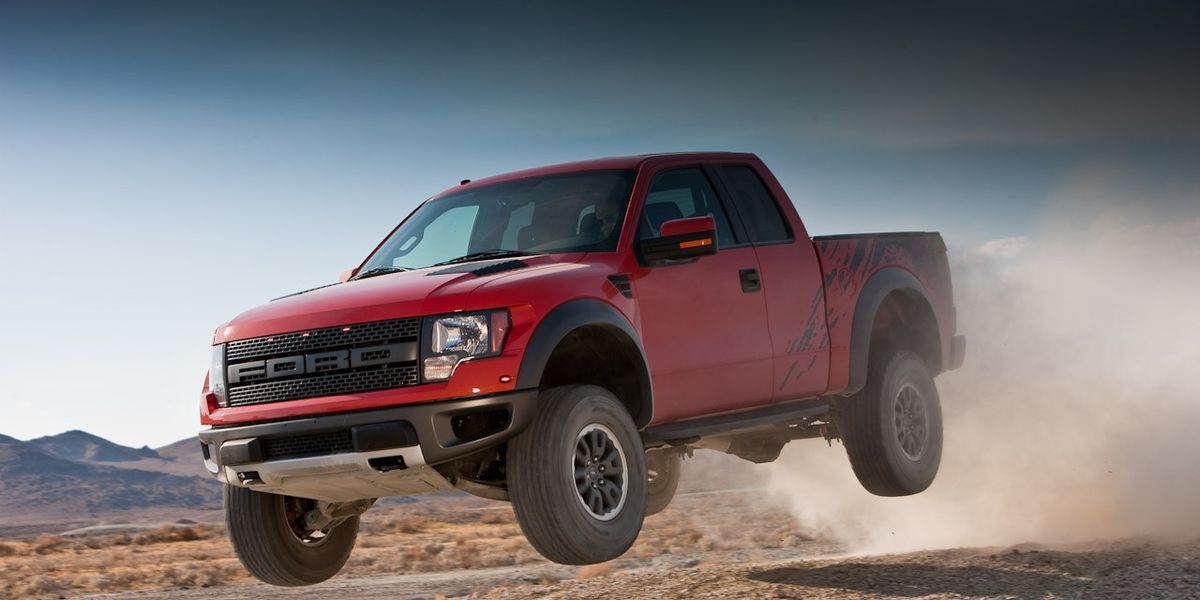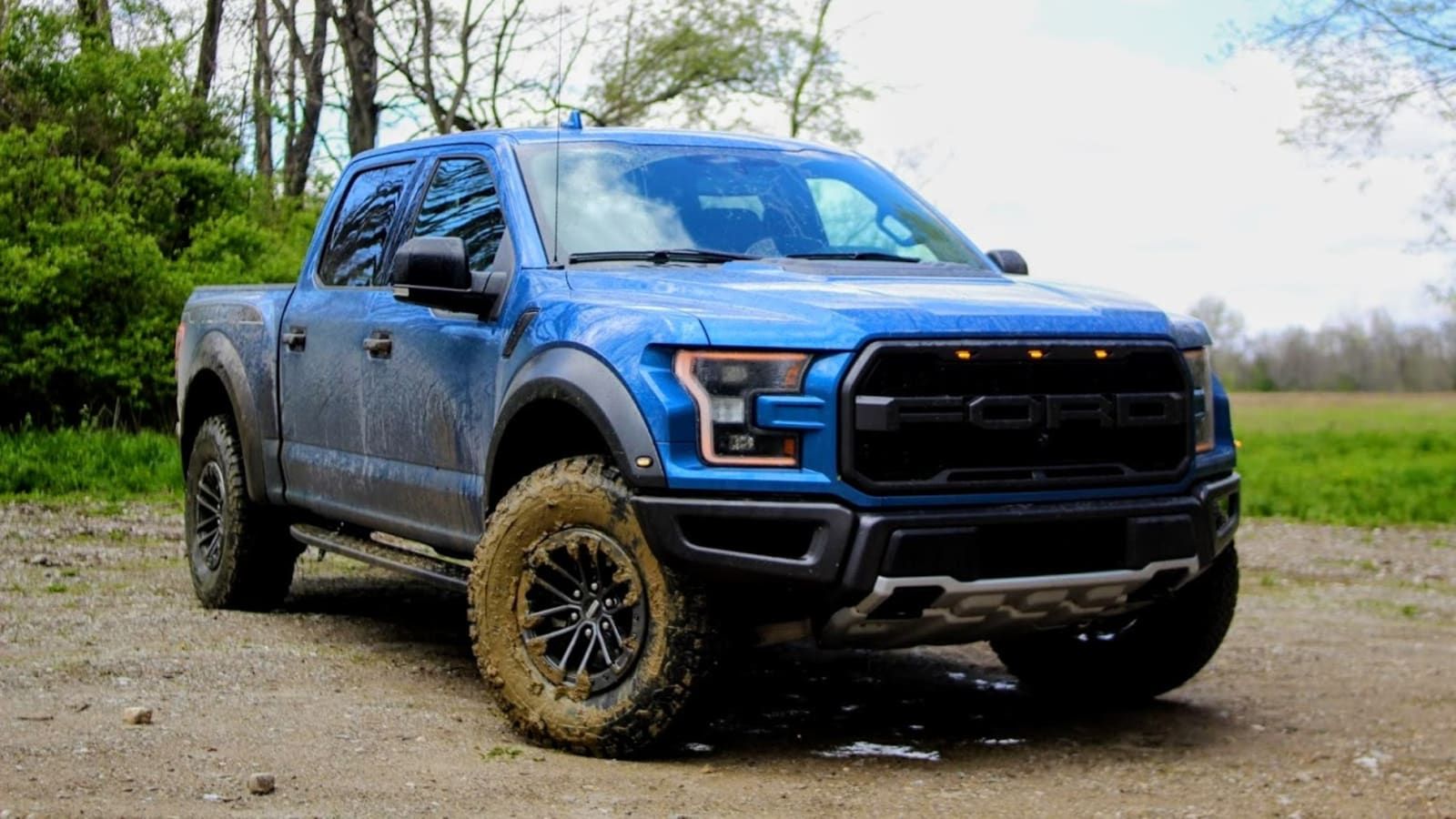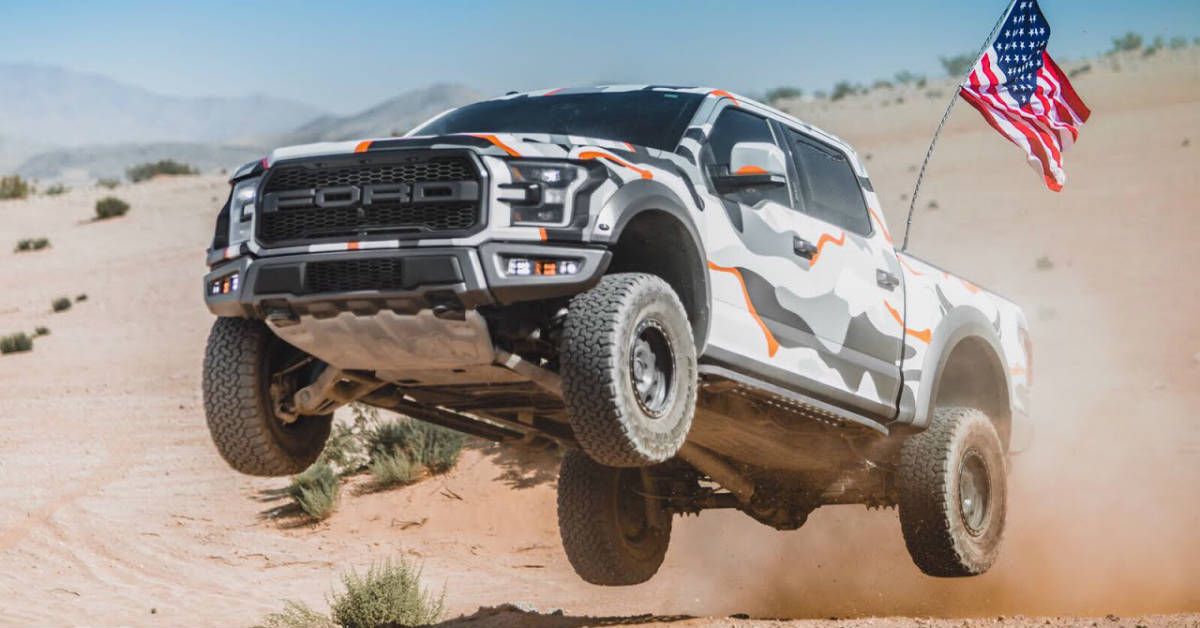The Ford F-series truck has earned its place in American history through hard work, after all, it's built Ford tough! While there certainly are some glaring problems with Ford's F-Series pickup trucks, it has always managed to get the job done and improved with every generation.
All the way back in 1917, Ford launched the Model TT truck by combining the Model T's engine and cab with a sturdier frame. This gave the Model TT a one-ton payload and it would accommodate pickup-bed configurations from third-party manufacturers. The price was $600 and Ford sold 2019 units in the first year. A Model T pickup entered the market in 1925, later followed by the Model AA and BB trucks.
In 1935, Ford introduced its Model 50 truck that carried lots of similarities to Ford's passenger-car lineup. Production came to a halt in 1941 as Ford shifted its focus to benefit the military. By then, the Blue Oval had produced over four million trucks.
10 Ford F1 - The First F-Series Truck (1948 - 52)
The grandfather of the F-Series truck, the F1, is a truck well worth remembering. It was introduced way back in the late 1940s and had an all-new chassis specifically developed for truck use, unlike its predecessors that shared their chassis with Ford cars. This next generation of consumer trucks would come to be known as the F-Series Bonus Built trucks.
In those days, the nomenclature carried single numerals, from the half-ton Ford F1 to the cab-over F8, marking the beginnings of Ford's comprehensive truck-lineup strategy. Over the following years, the F1 gradually turned into what would become the F-100 in 1953, the F2 and F3 morphed into the three-quarter-ton F-250, while the F4 became the F-350.
9 Second & Third Generation (1953 - 56/1957 - 60)
The second-generation F-series marked the arrival of the naming system Ford uses to this day. Ford began offering various creature comforts and optional extras, such as sun visors, armrests, a dome light, and an automatic transmission. In 1954, the fabulous flathead V8 was replaced by an overhead-valve eight.
1957 gave us the redesigned third-generation that saw major changes to the F-series' exterior. The third-gen F-Series was the first to show us the wide, squared-off styling that would define the lineup for decades to come. 1959 also saw four-wheel-drive added as an option.
8 Fourth & Fifth Generation (1961 - 1966/1967 - 72)
The fourth-generation F-Series debuted in 1961. In 1965, the two-wheel-drive models changed from the traditional solid-axle suspension to Ford's twin-I-beam setup. The target market for this setup was non-commercial truck users - as evidenced by the slogan "Drives like a car, works like a truck." Some owners complained about the increased tire wear caused by camber variations inherent to the design. 1965 also saw the introduction of the special order, factory-built, four-door crew cab in F-250 trim. In 1966, the top-of-the-line Ranger appeared. It offered power brakes and steering, carpeting, and air conditioning.
In 1967, the fifth-generation appeared and showed the world some design cues that would stay with the F-Series for a couple of decades. Its improved cab offered almost four inches of added space for broad-shouldered blue-collar workers, there was a grille with integrated headlights, and of course, the hood featured block letters spelling out FORD.
7 Sixth Generation (1973 - 1979)
The sixth-generation F-Series might look almost identical to the previous model, but it did have a redesigned grille, parking lamps positioned above the headlamps, not to mention the concave body-length groove that houses the side-markers. 1974 saw the arrival of the Club Cab that came with a pair of jump seats or a small bench seat.
In 1975, the world was introduced to the F-150 for the first time. While it would go on to become more popular than the F-100, the F-100 stuck around until 1983. The upper trim levels offered rectangular headlights in 1978, but in 1979 they became standard.
6 Seventh Generation (1980 - 1986)
Ford marketed the seventh-gen F-Series as "the first new truck of the 1980s." Better aerodynamics and a plusher interior were the areas Ford focused on when designing this generation.
The F-150 sold an impressive 173,050 units, but perhaps equally impressive was the fact that the base F-100 still managed to find 133,590 buyers?! 73 percent of buyers opted for the 300-cid inline-six engine with a one-barrel carburetor, good for 117 horsepower and 223 lb-ft of torque. At the end of the 1983 model year, the F-150 replaced the F-100 as the base F-series.
5 Eighth & Ninth Generation (1987 - 91/1992 - 96)
The 1987 model marked the 50th anniversary of the F-Series, so it received a light makeover that featured a new flat grille, flush headlamps, and rounded wheel arches. Power steering, power brakes, and rear anti-lock braking was standard equipment. Thanks to fuel injection, the base six-cylinder engine received slightly more power and torque.
In 1991, Ford released the Nite Edition that was only available as regular-cab configuration four-wheel drive XLT Lariats in black with blacked-out trim. The 5.0L V8 was standard, with the 351 Windsor available as an option.
The ninth-generation that debuted in 1992 featured a softer, more aerodynamic-looking hood and fascia. While the Nite Edition made a return in 1992, 1993 saw Ford introduce the F-150 Lightning, a performance truck that was only available as a single-cab, short-bed model in either red or black. It had a fettled version of the corporate 5.8-liter (351) V8 engine that produced 240 horsepower and 340 lb-ft of torque and was mated to a four-speed automatic transmission. In 1995, the F-series surpassed the Volkswagen Beetle as the world's most-selling vehicle.
4 Tenth Generation (1997 - 2003)
Ford completely redesigned the F-150 for its 10th-generation! Part of the reason for this was due to their decision to ramp up the marketing of the F-150 towards more casual users, that decision also left the F-250 and F-350 Super Duty models for commercial use. The new F-150 not only featured a more rounded and aerodynamic design, but it also had a lighter chassis that used a torsion bar front suspension in place of the twin-I-beam setup.
1999 saw the return of the SVT Lightning, but 2001 was easily its best year. Thanks to its whopping 380 horsepower and 450 lb-ft of torque, the Lightning could go from 0 to 60 mph in just 5.2 seconds, on to a top speed of 142 mph. Fast even by today's standards, it was the most powerful production passenger vehicle sold in the States at the time.
3 Eleventh Generation (2004 - 2008)
The 11th-gen F-Series arrived in 2004 and was larger than its predecessors. It was redesigned to be more comfortable and user-friendly than ever. Its larger regular and SuperCab versions offered more storage and passenger space than previous generations.
The new 11th-gen was the result of changes in the vehicle market where an increasing amount of consumers would purchase a truck as their primary means of transport. The public responded well to the new truck, as F-series sales - including Super Duty versions - rose to an astonishing 939,511 units per year.
2 Twelfth Generation (2009 - 2014)
When the 12th-gen F-150 arrived in showrooms in 2009, it was obvious that Ford had borrowed liberally from its bigger Super Duty siblings. The styling was square and aggressive, moving away from its curvy predecessors. It had a new, fully-boxed frame, updated engines, and in 2011, the twin-turbocharged 3.5-liter EcoBoost V6 made its debut. If you thought the F-150 was badass, you should check out these 10 modified raptors!
The F-150 SVT Raptor is the model everyone wants to talk about. Whereas previous SVT vehicles focused on the engine, for the Raptor, the main focus was on the rugged, off-road-ready long-travel suspension. That's not to say the Raptor didn't pack a punch though. Early models featured a 320-hp, 390-lb-ft, SOHC 5.4L V8, and later models had a 411-hp, 434-lb-ft, 6.2L V8.
1 Thirteenth Generation (2015 - 2020)
For 2015, Ford decided the F-150 should have a body mostly made from aluminum mounted on a traditional steel frame. Except for a handful of beer-can-body jokes, the new body was an improvement in every way. It was lighter, more rust-resistant, and was the first pickup truck awarded with a five-star NHTSA safety rating.
Somehow, Ford actually managed to improve on the original F-150 Raptor. Replacing the V8 with a twin-turbo EcoBoost V6 that produced 510 galloping stallions proved to be a stroke of genius, as the Raptor became more popular than ever! In 2018, Ford gave the F-150 a handful of cosmetic updates, as well as a new 3.3L V6 base engine and a 3-liter turbo-diesel V6.

